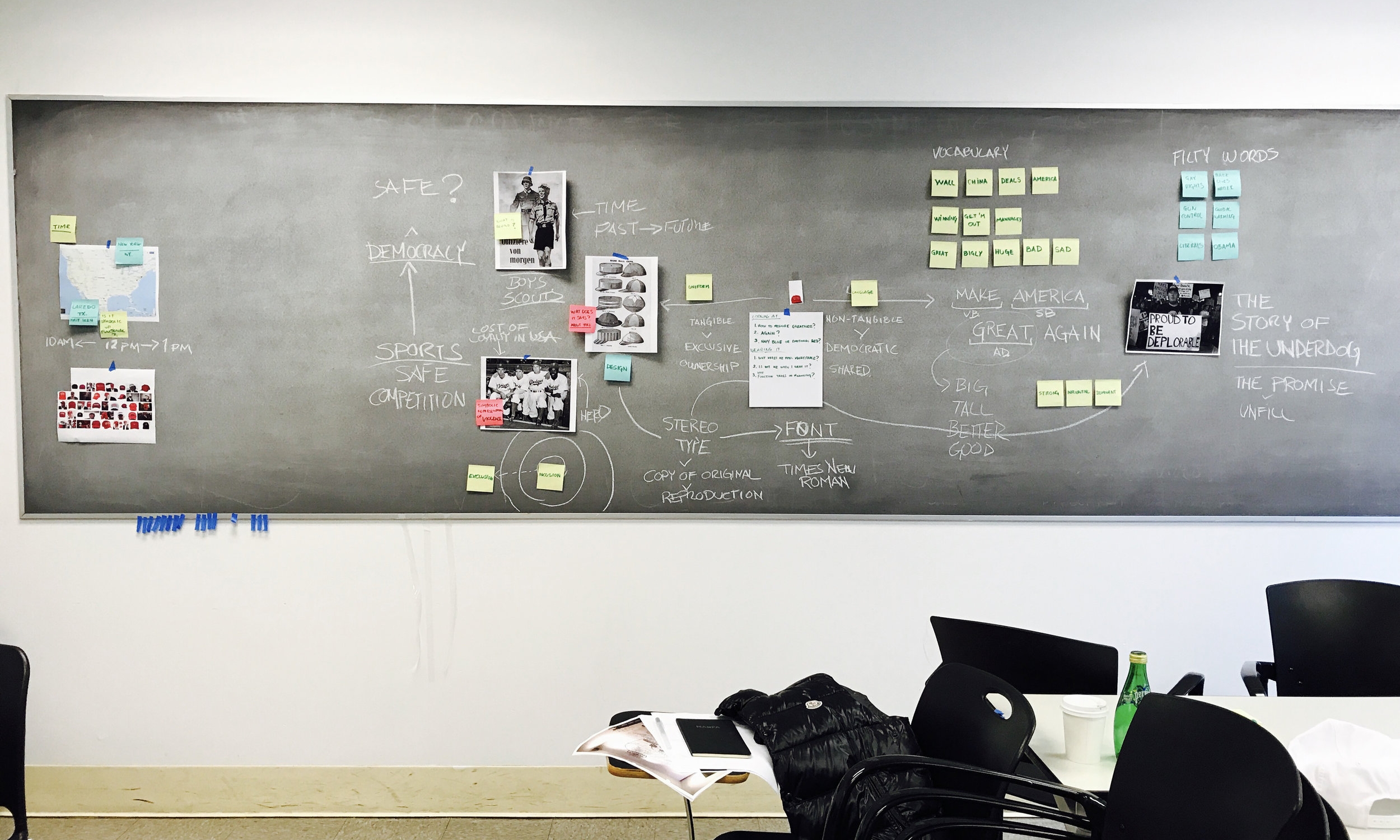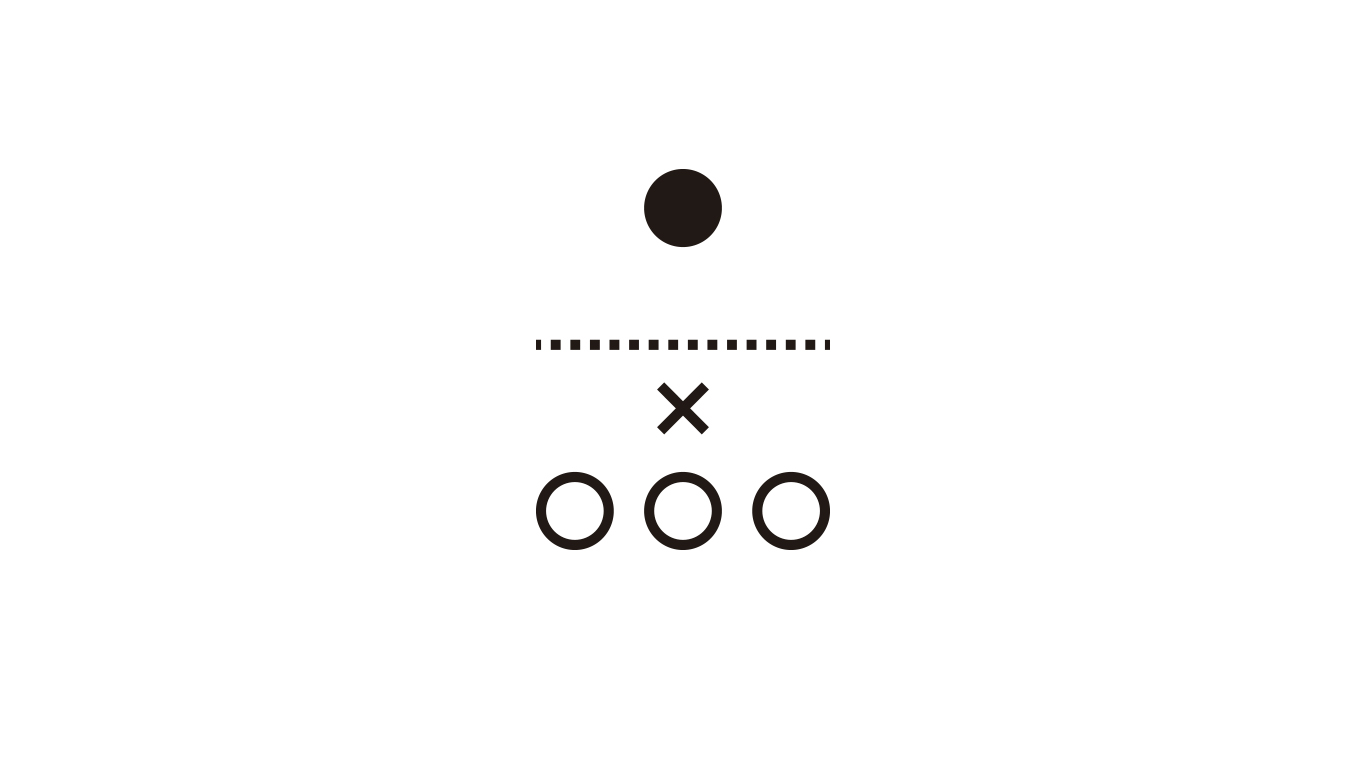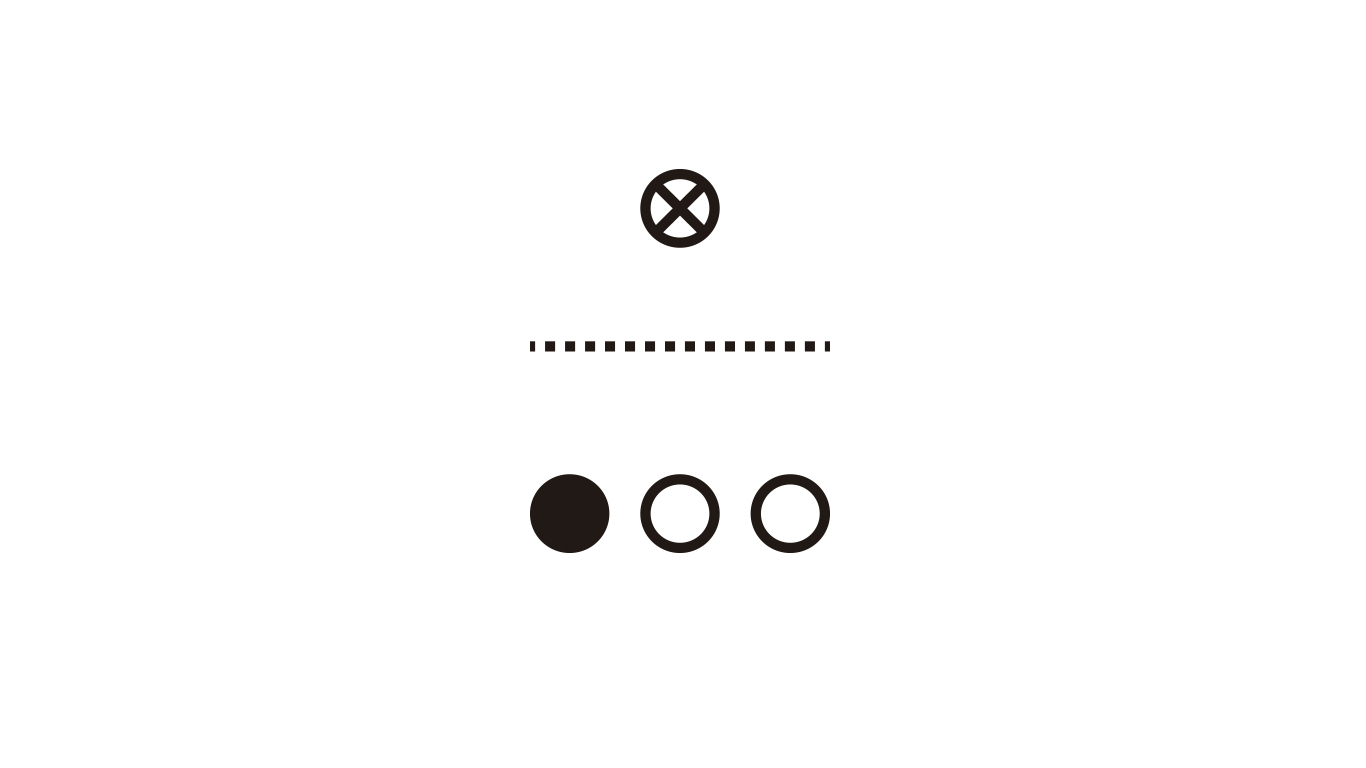Design and Ideology
Addressing the critical position of design as a practice theorist Tony Fry wrote: “we live in a world where everything is made and can be made.”
Context
As both an alumni and faculty at Parsons, the New School for Design, I have an acute interest in how visual design systems and specific objects simultaneously produce and reproduce political identities. In the context of my research, visual design is understood as an exercise of power that ideologically materializes the values and traditions of imagined communities as Benedict Anderson saw. In a way, I suggest that Visual Design has the capacity to objectify the metaphysics of identitarian formations, to materialize in cultural objects –images– a not-yet fully constituted community of political actors like voters, rally participants, etc.
My intellectual curiosity led me to research and write my master’s thesis, Populist Design, on the logic of identity formations through visual and material in political processes. The project explores the relevance of visual and object design as part of ongoing political processes beyond voting.
Project Specs:
Ethnography, Applied Phenomenology, Critical Theory, Field Research.
Academic Advisors: Elliot Montgomery, Lara Pennin, and Jamer Hunt.
"Everybody has their own America, and then they have the pieces of a fantasy America that they think is out there but they can't see... and you live in your dream America that you've custom-made from art and schmaltz and emotions just as much as you live on your real one." – Andy Warhol
Research
Through ethnographic research conducted in the fall of 2017, I observed how visual systems anchored in objects such as First Game Attendance Certificates freely given to families in the Yankee’s stadium, or Donald Trump’s iconic cap, produced communities and identities which are constantly re-articulated. I learned that prosumers –to use Alvin Toffler’s concept– that engaged in these identitarian practices reaffirmed this experience through social media by re-producing a visual language in common. I mostly critically engaged with Ernesto Laclau and Chantal Mouffe work in radical democracy while establishing a dialogue with Judith Butler’s thought on performativity and affect under neoliberal regimes. Revisiting Roland Barthes and Umberto Eco seminal oeuvre on semiotics enabled me to problematize recurring media and communications problems in our contemporary moment in which media technologies have accelerated human connectivity.
The floating signifier
Floating signifiers or empty signifiers are a crucial element of the populist logic. These signifiers can be any cultural object existing in the world, they can be identified because of their historically situated mythical meaning and universal value, within a determined contingency. Their job is to facilitate the constitution of the people, embodying their struggles with symbolic shared value, goals or solutions towards progress.
For the Slovenian philosopher Slavoj Žižek, signifiers are never empty but are floating and waiting to be re-arranged by someone in a particular context. The floating signifier is part of the semiological system of myth, since mythology is the study of a type of speech.
Framework
Design has transformed almost entirely the totality of the social spaces in which new chains of equivalence (the people) reappear, leaving the presence of the designed—the object/subject—invisible to the human gaze.
I posit that by using this theoretical apparatus it is possible to access uncritically accepted political discourses and governmentalities which are silently inscribed in diverse spaces of cultural production in which design as a practice takes place.
Populist Design
Design problems are contingent problems. Thinking through this logic in design problems we can see that as long as the contest for hegemonic forms and input of newly designed solutions continue, there will be ongoing hegemonic formations that will silence or invisibilize other design needs. Populism as an analytical concept and critique strategy should and must be considered for the design as a practice. As designers identify a problem in any existent design they believe it is their job—if not a duty—to innovate or to re-design the object in question.
The populist logic operates in the domain of ideology through the production and reproduction of material and semiotic cultures, which abound not only in formal politics but in all processes that involve cultural production: design as a practice and as object is constituent of this.
Design as a practice is political in two ways. On the one hand, it is political because it reproduces already established, dominant relations of power and governmentalities; on the other hand, because it has the capacity of resisting and counter-attacking the inertia of these power relations.











